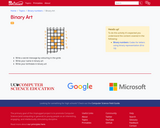
Write a secret message by colouring in the grids
- Subject:
- Applied Science
- Computer Science
- Material Type:
- Activity/Lab
- Provider:
- CS Unplugged
- Date Added:
- 08/14/2019

Write a secret message by colouring in the grids

On a birthday cake we often use one candle for each year of age. This activity shows how to use binary candles to represent your age.
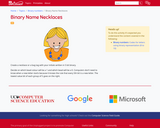
Create a necklace or a bag tag with your initials written in 5 bit binary.

Use a grid of 5 x 31 squares. Follow directions for coloring sequence.

Consider hiding the binary numbers in the rhythm (long and short notes), or make a video with dance moves that code binary numbers
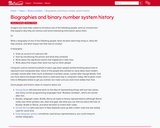
Write a biography of one of the following people: what situation were they living in, what did they achieve, and what impact has that had on society?

Write a biography of one of the following people: what situation were they living in, what did they achieve, and what impact has that had on society?
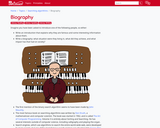
Write an introduction that explains why they are famous and some interesting information about them.
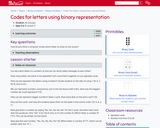
Can we match letters to numbers so that we can send coded messages to each other? How many letters are there in the alphabet? Let’s count them together on our alphabet cards.
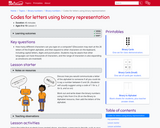
Discuss how you would communicate a letter of the alphabet to someone if all you could do is say a number between 0 and 26. (Students will usually suggest using a code of 1 for a, 2 for b, and so on).
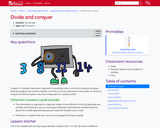
This is for students who are learning to identify numbers from 1 to 100. We have 15 different numbers, one on each card. You can’t see them but this time they are in order from the lowest number to the highest number. The numbers range from 1 to 100. Can you find number 52

To make up a stop motion video or play that demonstrates that the giant is using a sequential search to eat the cows in order from heaviest to smallest and that the giant slayers who need to stop the giant from eating all the cows can easily find the giant before too many cows are eaten by using a binary search.
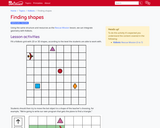
Fill a Kidbots grid with 2D or 3D shapes, according to the level the students are able to work with.

Today we are going to write our own unplugged fitness app. Before we start we need to design a programming language so that we know what to do.
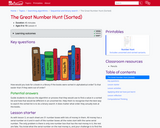
Guide students to discuss the algorithm or process that they would use to find a value in a sorted list and how that would be different in an unsorted list. Help them to recognise that the best way to search the sorted list is to do a binary search: it does matter what order they actually look at the books.
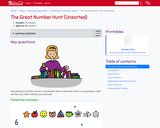
Guide students to discuss the algorithm or process that they would use to find a value in an unsorted list and how that would be harder than in a sorted list. Help them to recognise that the only way to search the unsorted list is to go through every item (whether they choose randomly or look at the first, then second, then third…) because they are still just checking and eliminating one at a time.

Did you know that right in the inside of any computer there are billions (that’s a really really big number) of little tiny things that can be turned on or off, like a light switch, and that when you have lots of these things together they can display a number or a letter or a movie or make up your favourite game on your device? So let’s look at how they work. Now we need to pretend that we are so incredibly small that we are now inside a computer and we are making the computer show a number.
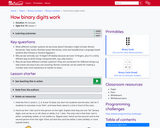
Explain to students that we're working with just two digits, so they are called binary digits. They are so common that we have a short name for them: write "binary digit" on a piece of paper, then rip off the "bi" at the start, and the "t" at the end, put it together and ask what the combined word ("bit") spells. This is the short name for a binary digit, so the 5 cards that they have are actually 5 bits.
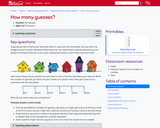
Place the 15 searching squares on a table. Explain that we have 15 different numbers, one on each card. Show that one side has an animal on it and the other a number. Under each of these cards is a number that you can’t see, and they aren’t in order. The numbers range from 1 to 15. Can you find the card with the number 12?
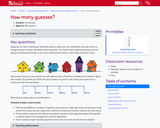
Place the 31 searching squares on a table. Explain that we have 31 different numbers, one on each card. Show that one side has an animal on it and the other a number. Under each of these cards is a number that you can’t see, and they aren’t in order. The numbers range from 0 to 1000. Can you find the card with the number 302?